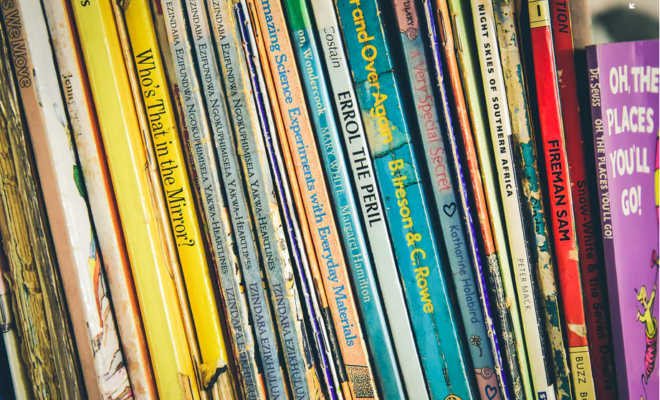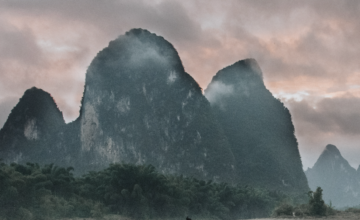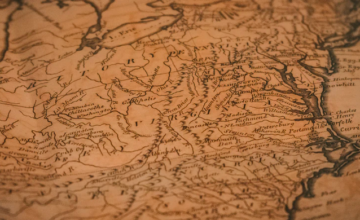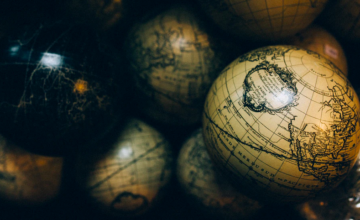The Outside Circle, by Patti Laboucane-Benson (author) and Kelly Mellings (illustrator) was both an enjoyable and enlightening experience. The story is centered around Pete and his struggle to pull himself from the depths of societal and financial disparity, we see the story supporting the narrative of many more than just Pete. This graphic novel provides context and in doing so, I think the story is critiquing how Indigenous* families have suffered as a result of oppression and imperialism from white colonists. This book could help readers learn a little bit about aboriginal history in Canada and North America in general. This is important because many people are ignorant to the atrocities that took place among these tribes and people as a result of white colonization. It is important to know the history about who originally inhabited these lands and why white presence has shattered their lives over 100s of years, and how those effects are still inadvertently being felt among aboriginal people to this day. A good age range for this book would be probably be 16 or older. I think anyone at any age beyond 16 would be able to enjoy its content, but some of its content may be too heavy or graphic for people under 16.
Taking the time to really look at the images and take in their meaning is an important part of the experience of reading this graphic novel. We are given context, at some point or another, that allows us to understand the circumstances that his family have come from. Although Pete has done bad things in his life, we are given the context to try to understand why he turned out the way he did. As a result we can’t help but sympathize with Pete–-a young man involved in gang activities and even murder–-but we don’t sympathize as much with his original friends from the gang, especially after they target Pete’s younger brother Joey when realizing that Pete no longer wants to live the kind of life that the gang members do.
This graphic novel was different from some of the other ones that I’ve read in the past because it provided more historical context and facts, right in the images and the text. This novel doesn’t have page numbers (at least not in my version) but in one of the first scenes in the book where Joey is taken away from his mother, the image on that page shows her signing him away. If you read the document in the image, it talks about the forced removal of aboriginal children that took place in the 1800s. This is just one among many of the pictures that aided in my understanding of aboriginal history and culture.
The relationships in this novel are very interesting, as we don’t see a lot of interaction between Pete and his mother or girlfriend, but we do see his relationships with his brother, the gang, and people in the program. Masculinity seems to be an overwhelming part of their culture, as we can see in their explanations of what the expectations of the men are in their culture. The “outside circle” are the warriors of the tribe or family; the protectors. The men are held to high standards in the way that they are supposed to care for and protect their loved ones, and they are expected to cherish and treat women with respect. This contrasts greatly with how we see Pete treat his pregnant girlfriend in the beginning of the story, although we do see him try to turn over a new leaf at the end and step up as a man who promises to take care of them financially. Pete’s coming of age story is vastly different from others that I’ve read; for starters, he ends up in prison for murder before he starts to have his revelation. The situation that Pete and his family are in financially is heavily due to the years of oppression and inequity that his ancestors have faced, and unfortunately created sort of a “curse” that was carried on through the generations. Luckily, Pete gets a chance to change his situation and step up as the man of the family in order to break this “curse.”
When I first began reading, I immediately noticed the masks that would sometimes show up on some of the characters. I figured they had to be symbolic of something, but I couldn’t quite figure out what. Towards the end of the story, I think we are given somewhat of an explanation. Pete is using his rage, anger, hate as a “mask” to deal with the world. But this mask is keeping him from existing at his full potential. Pete and many of the aboriginal men in his program have used these masks in order to “survive.” But in order to do so, they have inadvertently hurt others. In his meetings where they “smudge” and have scared fires, Pete eventually is able to break free from this mask and its chains–the chains that keep him from being the best man that he can be for both himself and for his family. (Again, no page numbers, but this text/image panels are near the middle-end of the book)
Understanding why aboriginal men are imprisoned at a disparate rate compared to others is another challenging idea in this book because it requires background knowledge about what led them to live in these unfortunate circumstances, and about how this has led to inequity in their lives.
I think that anyone can enjoy this book, but it may resonate well with minority populations and those who have suffered systematic oppression. It’s also a great read for people who want to learn more about aboriginal history because the story provides historical context along with an engaging narrative. The images are used artfully and intentionally to educate the reader with facts and other historical context while adding quality content to the book.
*At the time of this writing, this term is widely recommended in this context.
By Kara Warner, Activist writer





